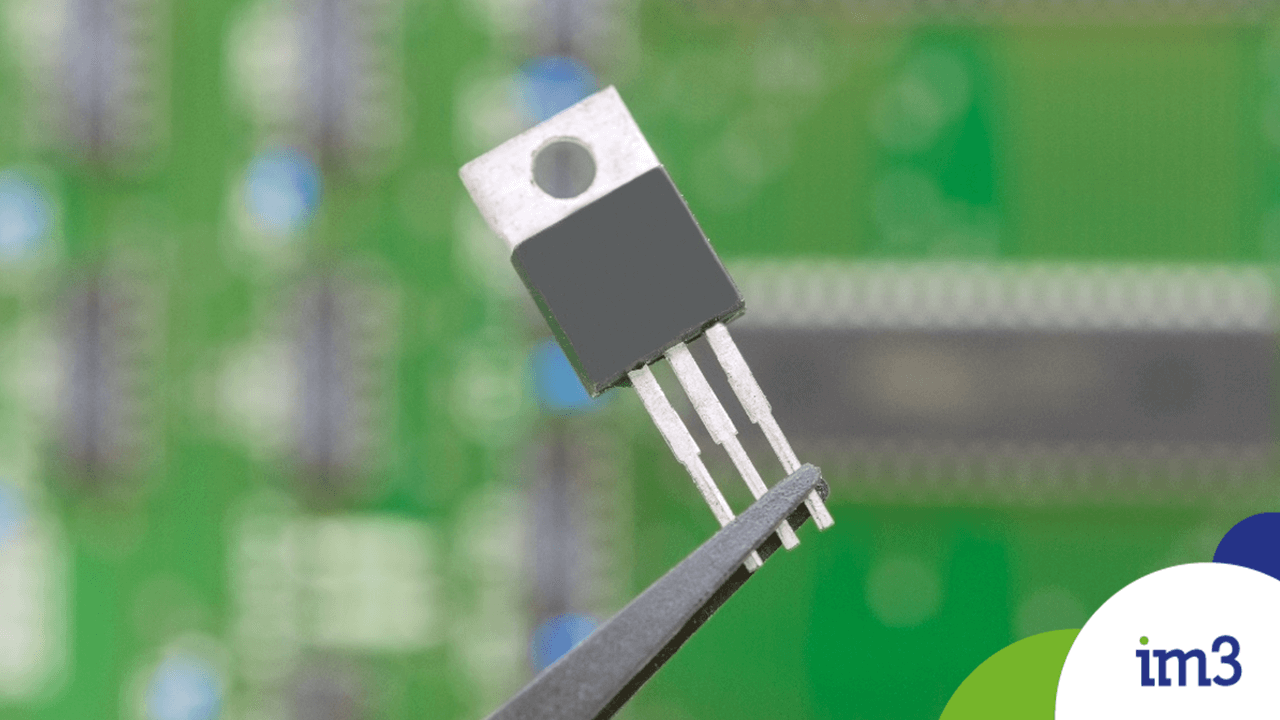
11 Apr Science and Technology Day
11/04/2022
According to the Lebanese-American mathematical essayist Nassim N. Taleb (*), people have the illusion that science drives technology, but, except in a few isolated cases, in reality the opposite happens: technology drives science.
As Taleb states in his work Antifragile, the linear model based on the simple unidirectional relationship (Academic World à Applied Science and Technology à Practice) that he calls the Arrow of Knowledge, is not the common one in reality.
According to this idea of Taleb, the greatest innovations arise through a process of trial and error that are later justified scientifically.
An example was the invention process of the Transistor in 1947 at AT&T’s Bell Labs, by which the engineer John Bardeen and the physicist Walter Brattain carried out a series of experiments testing different contact points and types of electrolytes on a semiconductor until they came up with a satisfactory prototype for a solid-state amplifier.
However, it was later when the physicist William Shockley would explain the scientific basis of the internal phenomena at the atomic level of the so-called Transistor, which would revolutionize the telecommunications sector, but also the incipient world of computing.
Shockley, Bardeen, and Brattain shared the 1956 Nobel Prize in Physics for “their research on semiconductors and their discovery of the transistor effect.”
(*) Nassim Nicholas Taleb is the author of:
· The Black Swan
· Antifragile: Things that Gain from Disorder

